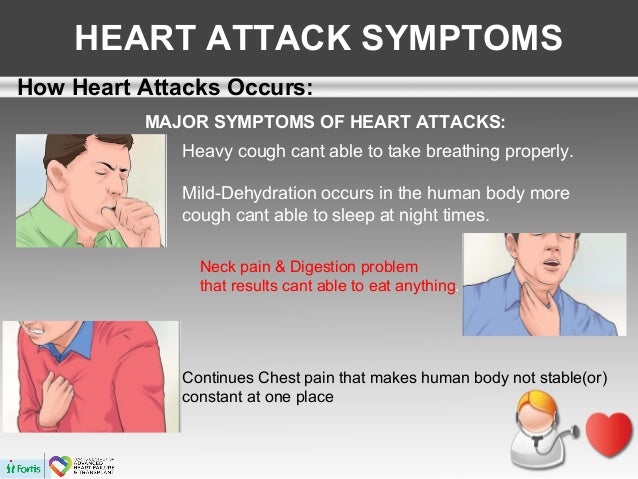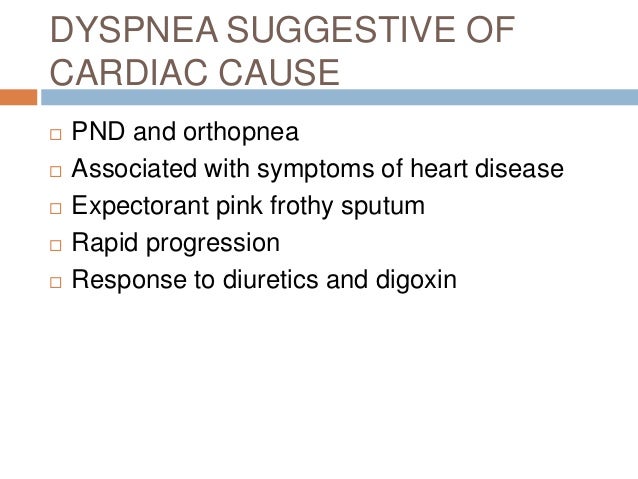
We determined how frequently schoolchildren reported dry night cough (henceforth ‘cough’) and wheeze alone and in combination and how these groups differed. Our Luftibus in the school (LUIS) study of unselected schoolchildren obtained information on parent-reported wheeze, cough, upper respiratory symptoms, environmental exposures, and healthcare visits we also measured fractional exhaled nitric oxide (FeNO) and lung function, which are important asthma-related traits. Only two studies distinguished between children with wheeze alone or cough alone from those with both symptoms. Few were population-based and included information on measurable asthma traits. Previous studies on non-specific cough were small, included selected participants from specialist clinics or relied only on self-reported data. Although wheeze is a key symptom of asthma, some researchers proposed that children can have ‘cough variant asthma’ without audible wheeze, yet others fear this construct may lead to asthma overdiagnosis, unnecessary treatments, side effects and increased costs.

tobacco smoke, allergens), ear, nose and throat (ENT) problems, post-infectious cough or atypical asthma. Underlying causes of non-specific cough include environmental exposures, ( e.g. In absence of an obvious respiratory infection or an underlying severe disease, many children have so-called non-specific cough, which is a diagnostic conundrum for physicians and a source of parental worries. Cough is also present in rare lung diseases, such as cystic fibrosis, primary ciliary dyskinesia or interstitial lung diseases. Respiratory tract infections are the most common cause of cough, followed by asthma which is characterised by cough and wheeze. Our representative population-based study suggests only a small subgroup (7%) of schoolchildren reporting dry night cough without wheeze have features typical of asthma, yet the majority (93%) should be investigated for alternative aetiologies, particularly upper airway disease.Ĭough is a common symptom affecting children’s and their families’ quality of life and burdening healthcare systems. These had similar characteristics as children with wheeze. Twenty-two children (7% of those with ‘cough’) reported a physician diagnosis of asthma and used inhalers.

Children with ‘cough’ used healthcare less often than those with ‘wheeze,’ and they attended mainly primary care. FeNO and spirometry were similar among ‘asymptomatic’ and children with ‘cough,’ while children with ‘wheeze’ or ‘wheeze and cough’ had higher FeNO and evidence of bronchial obstruction. We divided children into four mutually exclusive groups based on reported dry night cough (‘cough’) and wheeze and compared parent-reported symptoms, comorbidities and exposures using multinomial regression, FeNO using quantile regression, spirometry using linear regression and healthcare use and treatments using descriptive statistics.Īmong 3457 schoolchildren aged 6–17 years, 294 (9%) reported ‘cough’, 181 (5%) reported ‘wheeze’, 100 (3%) reported ‘wheeze and cough’ and 2882 (83%) were ‘asymptomatic.’ Adjusting for confounders in a multinomial regression, children with ‘cough’ reported more frequent colds, rhinitis and snoring than ‘asymptomatic’ children children with ‘wheeze’ or ‘wheeze and cough’ more often reported hay fever, eczema and parental histories of asthma. Luftibus in the school is a population-based study of schoolchildren conducted between 2013–2016 in Zurich, Switzerland.

Population-based studies of children presenting with dry night cough alone compared with those who also wheeze are few and inconclusive.


 0 kommentar(er)
0 kommentar(er)
